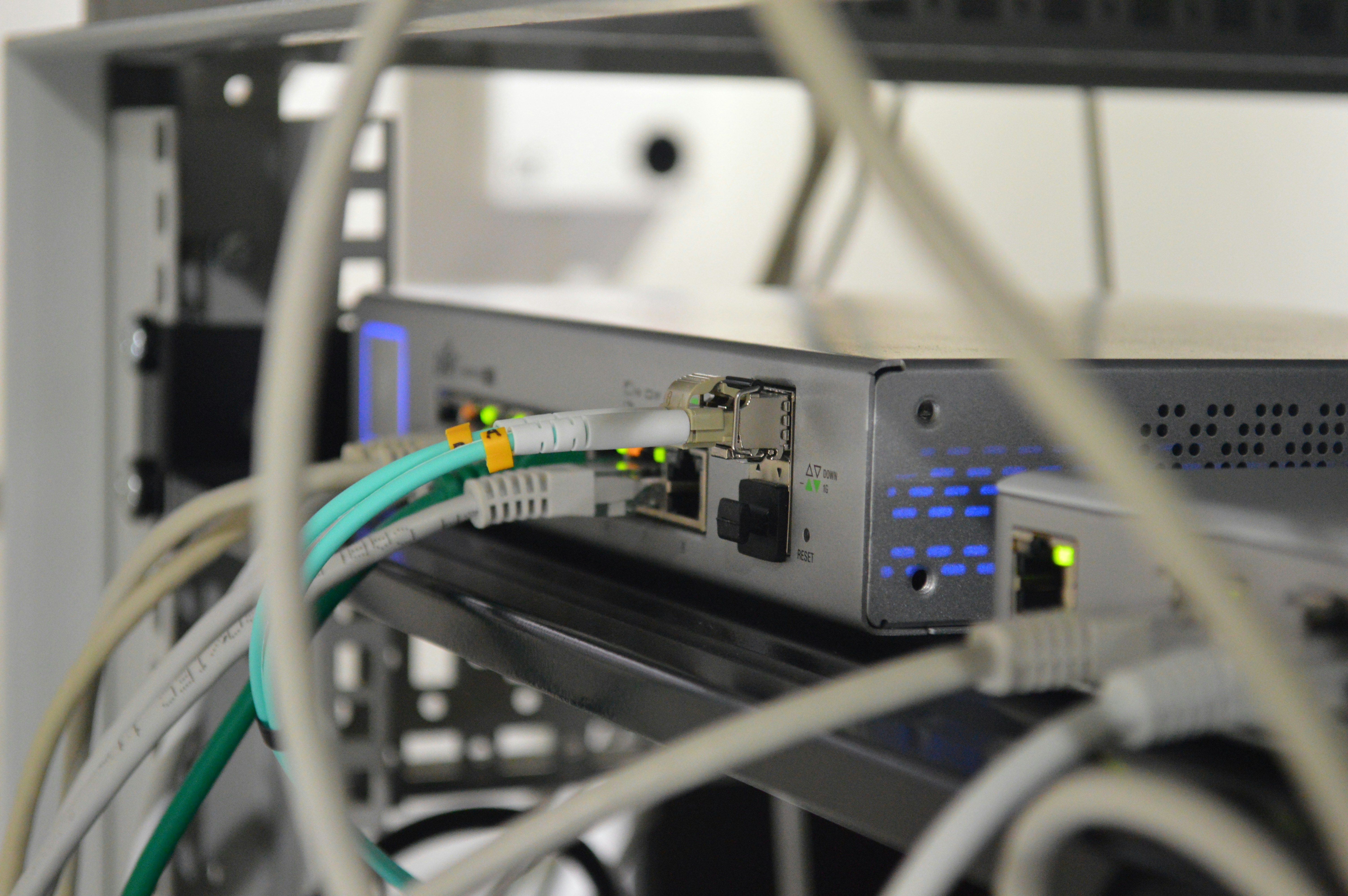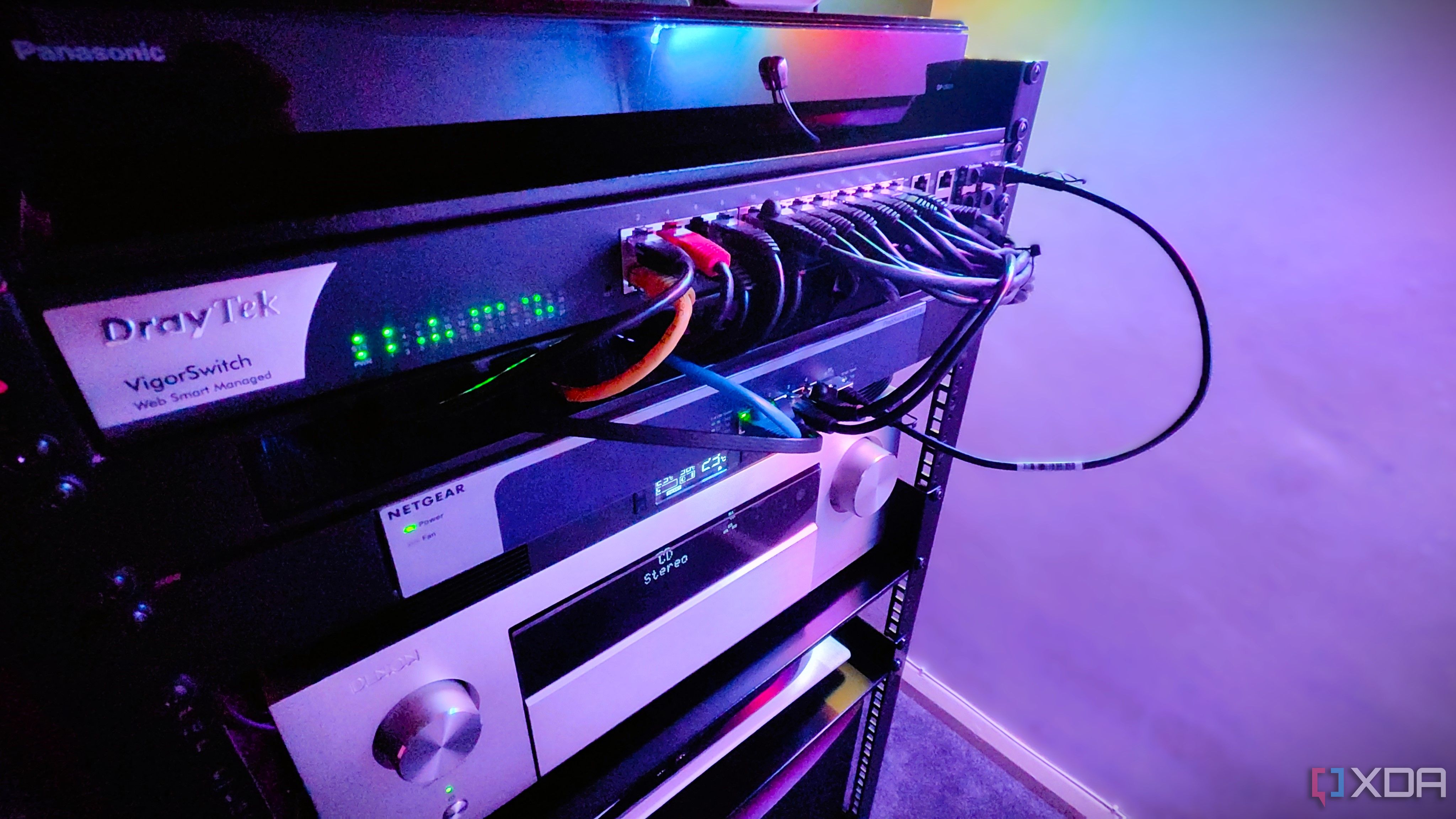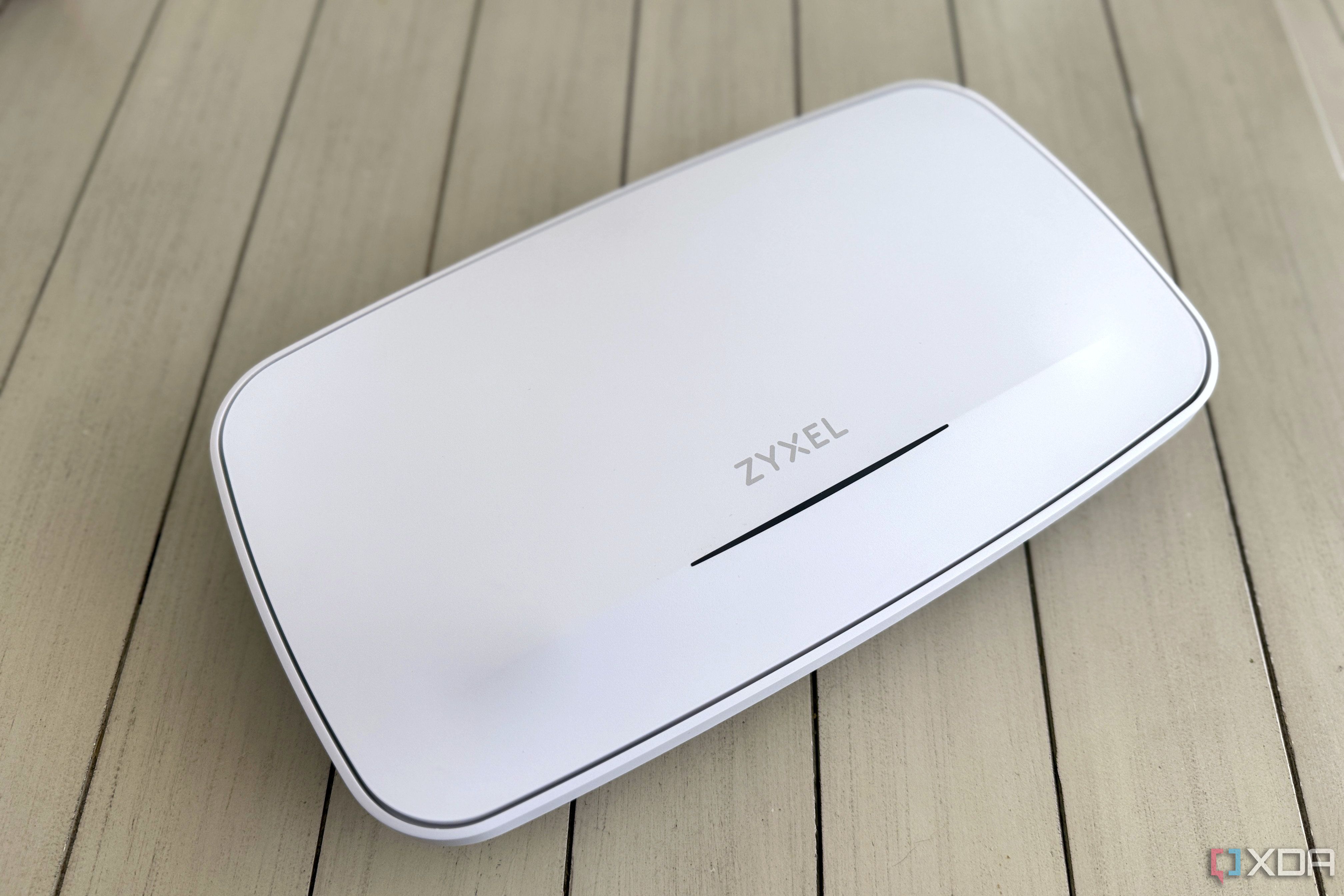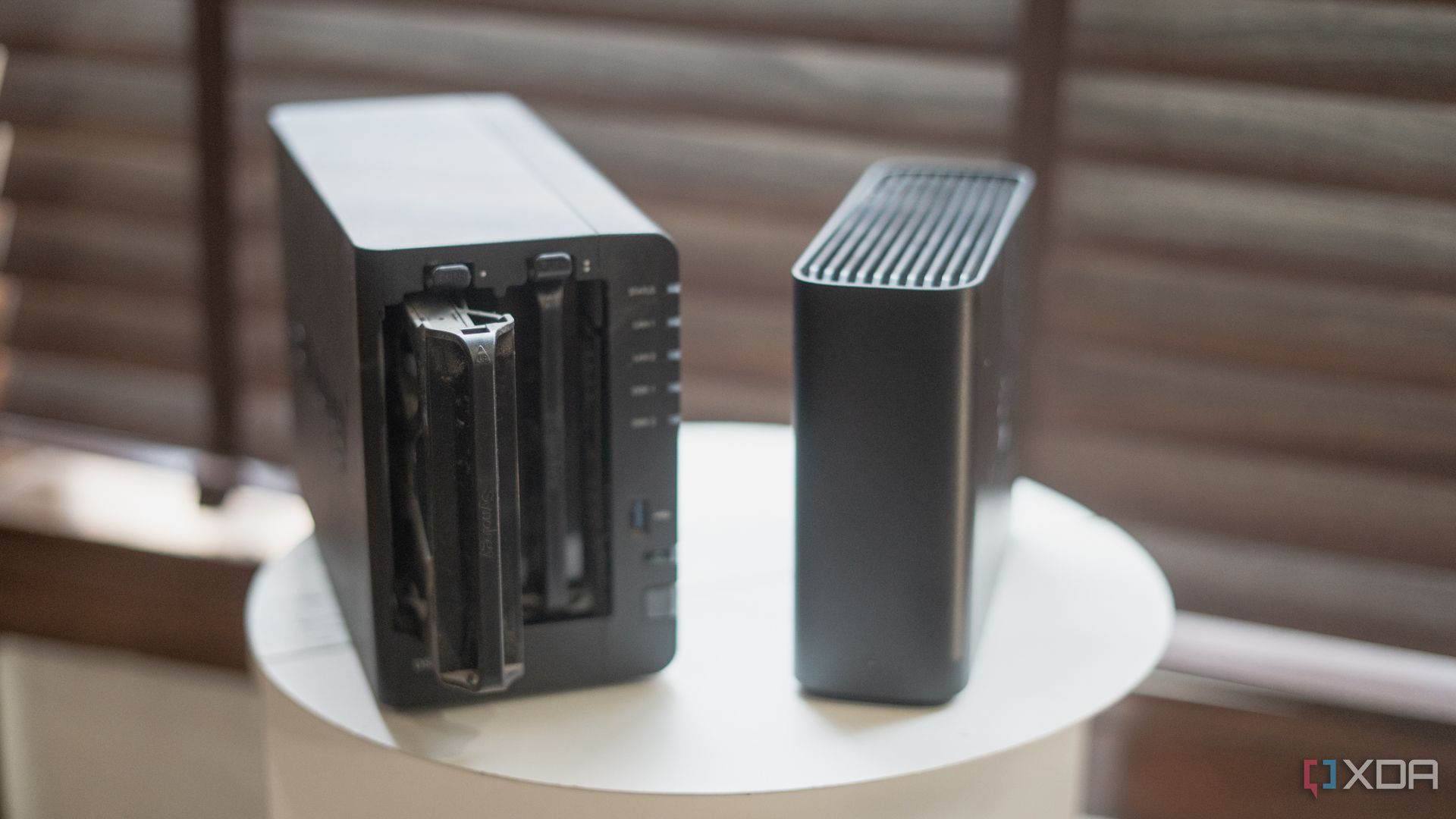For the longest time, I resisted the call to upgrade my wired network. I didn't think I needed 10 GbE at home, so I trundled along with 2.5 GbE for the few wired devices in my network stack. And you know what, I was wrong. Faster wired connections were precisely what my network needed to perform better in all areas, including my Wi-Fi.
Then I acquired a NAS with a 10 GbE connection and a Wi-Fi 7 access point (AP) that also utilizes 10 GbE, and I realized I was intentionally limiting the performance of my network due to my stubbornness. I'd gone through several generations of Wi-Fi without going past 1 GbE because wireless was easier to set up, but making my airwaves more congested meant all of my devices were suffering. Well, no longer, and I'm even keeping my eye open for 25 GbE or higher equipment on the used market in case I want to make the wiring in my walls faster still.

Related
When should you use wired or wireless internet?
There are certain times where you may need wired or wireless internet, and you can follow this guide to help you figure out if you need to switch.
Wi-Fi was great until it wasn't anymore
Airtime congestion is a pain when your smart home expands
I've long been a proponent of wireless-first networking, especially for the majority of home users who have few, if any, wired devices. That was me, until recently. Only my NAS used wired networking connections, while all other computers and devices in the home used wireless connections.
It worked when I had slower internet and didn't notice any slowdowns from too many devices trying to communicate at once over the same wireless radio band, but those days are gone. Moving into a three-floor house instead of a small apartment with a loft has strained the limits of the network I'd put together, and it was time for a change.
My smart home needs more bandwidth
My collection of smart devices has built up over time, and as a result, nothing really matches. I've managed to get that under control with Home Assistant, but IP multicast issues are still a worry, and I've been redesigning my network to make communication easier. IoT devices are on a separate VLAN with their own 2.4 GHz access point (AP), and I've added firewall rules so that the controlling devices on my main network can still communicate with them.
Moving these devices like this means the Wi-Fi my computers and mobile devices attach to has more airtime to use, as it's not filled up with multicast broadcasts. It also has fewer devices as a result, which makes an appreciable difference, even when using prosumer APs.
I needed bandwidth for backups, self-hosted services, and more
Until recently, my home network needs weren't complex. I had a NAS with Plex on it, as well as some backup solutions for my computers and mobile devices, which were plugged directly into my router. The entire apartment was connected via Wi-Fi, and I didn't have enough smart home devices to cause issues with airtime or data transfers.
Then I moved into a house with pre-pulled Ethernet on every floor, and it was clear Wi-Fi wasn't going to cut it. Thankfully, none of the Ethernet drops are long enough to significantly limit the speed, so I can run 10GbE without having to re-pull it all with fiber. I might do that anyway, but that's a thing for the future-me to worry about.
Now, my NAS hosts a variety of things, including a PXE server, and it's connected to the network hub via 10GbE, as is my PC. The only other 10GbE links I currently have in use are to a Wi-Fi 7 access point, but I'm sure that will change as I get around to utilizing the upstairs cable runs.
My PC is a bandwidth hog
I thought I was doing the right thing by using Wi-Fi 6E on my PC, which would utilize the 6 GHz band from my Eero mesh routers, providing me with plenty of bandwidth. Except the Eero nodes were using 6 GHz for their backhaul, so as soon as I connected to that, it slowed down the entire wireless network.
Not the best situation at all, but it didn't have to be an issue. The only reason I was using Wi-Fi was that I was being lazy. In our last home, the network jack was in a strange part of the open-plan living area, and it was almost impossible to run cable to the other side of the room where my desk was. Now, everything is in the same home office space, and I can run cable through the walls if needed.
I'm not doing that just yet, as I might be rearranging where the network gear is and where my desk is, but until then I'll make do with a DAC connection between the new (to-me) Mellanox 10/25GbE PCIe card I picked up to put in my PC and the managed switch I'm using. The only problem here? I know I'll eventually want to run fiber, and the switch only has a few SFP+ ports, so I'll be looking for an additional switch down the road.
What can I say—my networking needs outpaced my resistance to upgrading my network

I haven't quite graduated to the level of running optical HDMI cables through my walls to centralize my A/V needs, but I'm probably not far off. But what this experience has taught me is that ignoring a speedy wired backbone in my home network was flawed from the start. Wi-Fi access points need fast, stable Ethernet to feed them, as do many network-attached devices. And while not many PC motherboards come with 10 GbE ports, PCIe cards are relatively inexpensive, especially ex-enterprise Mellanox ones that can also support 25 GbE when using fiber transceivers. Speaking of, it's time to plan the next upgrade.
.png)













 English (US) ·
English (US) ·